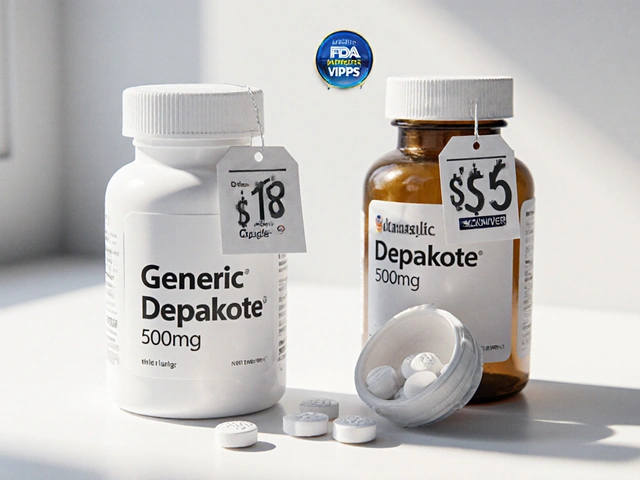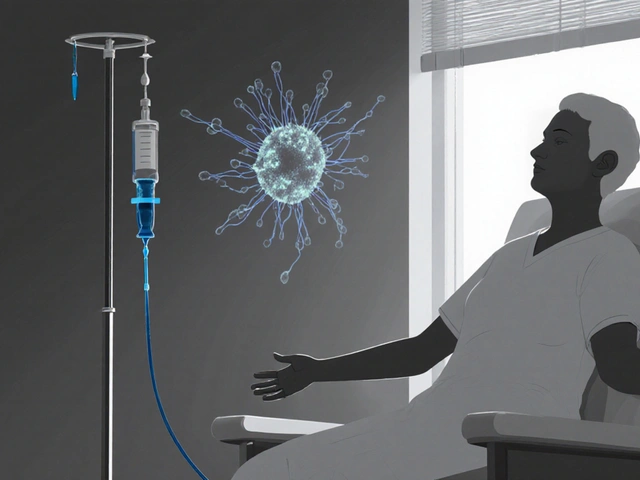Muscle Relaxant Guide: What They Are and When to Use Them
If you’ve ever felt a sudden muscle spasm that won’t quit, you probably reached for a muscle relaxant. These drugs are designed to calm tight, painful muscles without putting you to sleep. They’re a go‑to for back pain, neck strain, and other musculoskeletal aches that don’t respond well to simple rest or over‑the‑counter painkillers.
There are two main families: centrally acting relaxants that work on the brain and spinal cord, and direct‑acting relaxants that target the muscle itself. Most prescription options fall into the first group, while a few OTC products belong to the second. Knowing the difference helps you choose the safest, most effective option for your situation.
How Muscle Relaxants Work
Centrally acting relaxants, like cyclobenzaprine (Flexeril) or methocarbamol (Robaxin), block nerve signals that cause muscles to contract. In plain language, they dial down the communication between your brain and the tight muscle, letting it loosen up. Direct‑acting agents, such as baclofen, attach to receptors on the muscle fibers themselves, preventing contraction at the source.
Because they affect the nervous system, you may feel drowsy, dizzy, or a bit “off” after the first dose. Most side effects fade as your body gets used to the medication, but it’s wise to avoid driving or operating heavy machinery until you know how you react.
Choosing the Right Muscle Relaxant
Start by asking yourself a few questions: Is the spasm acute (just started) or chronic? Do you need short‑term relief for a specific injury, or a longer plan for ongoing back pain? Your answers steer you toward either an OTC product like carisoprodol (Soma) for short bursts, or a prescription like tizanidine (Zanaflex) for more persistent issues.
When you get a prescription, your doctor will consider other meds you take. Some relaxants interact badly with antidepressants, antihistamines, or alcohol, raising the risk of extreme drowsiness. Always share your full medication list.
Dosage matters too. Most doctors start low—maybe 5 mg of cyclobenzaprine at bedtime—and increase slowly if needed. Take the lowest dose that eases the spasm; higher isn’t always better and can increase side effects.
For people who can’t tolerate prescription drugs, physical therapy, gentle stretching, or heat packs often work just as well. Combining a short course of a muscle relaxant with these non‑drug methods can speed up recovery and reduce the chance you’ll need a longer medication course.
Remember, muscle relaxants aren’t a cure for the underlying problem; they’re a bridge to get you comfortable enough to do rehab exercises, improve posture, or simply sleep through the night. Use them responsibly, follow the prescribed schedule, and keep an eye on how you feel.
In short, muscle relaxants can be a helpful part of a pain‑relief plan when you know which type fits your needs, watch for side effects, and pair the meds with practical self‑care steps. Stay informed, talk to your healthcare provider, and you’ll be on the road to smoother, less painful movement.

Skelaxin (Metaxalone): Uses, Dosage, Risks, and Patient Tips for Muscle Pain Relief
- By : Archer Hamilton
- Date : Jun 18 2025
Get the facts about Skelaxin (Metaxalone): uses, effectiveness, safety, who should use it, and smart tips to get the best relief for muscle pain without risking your health.





